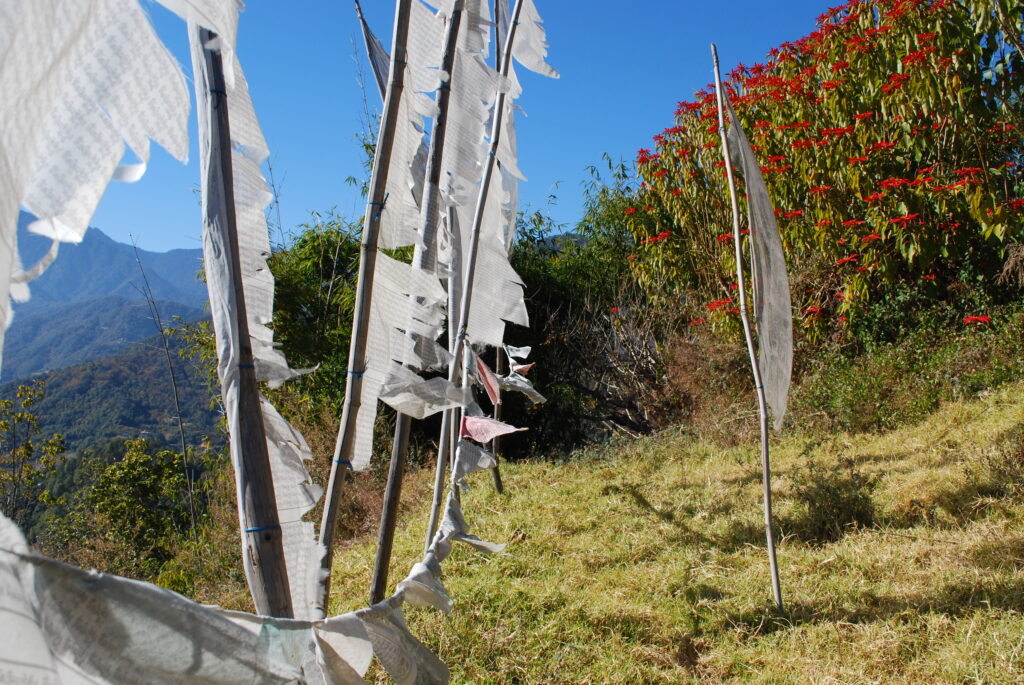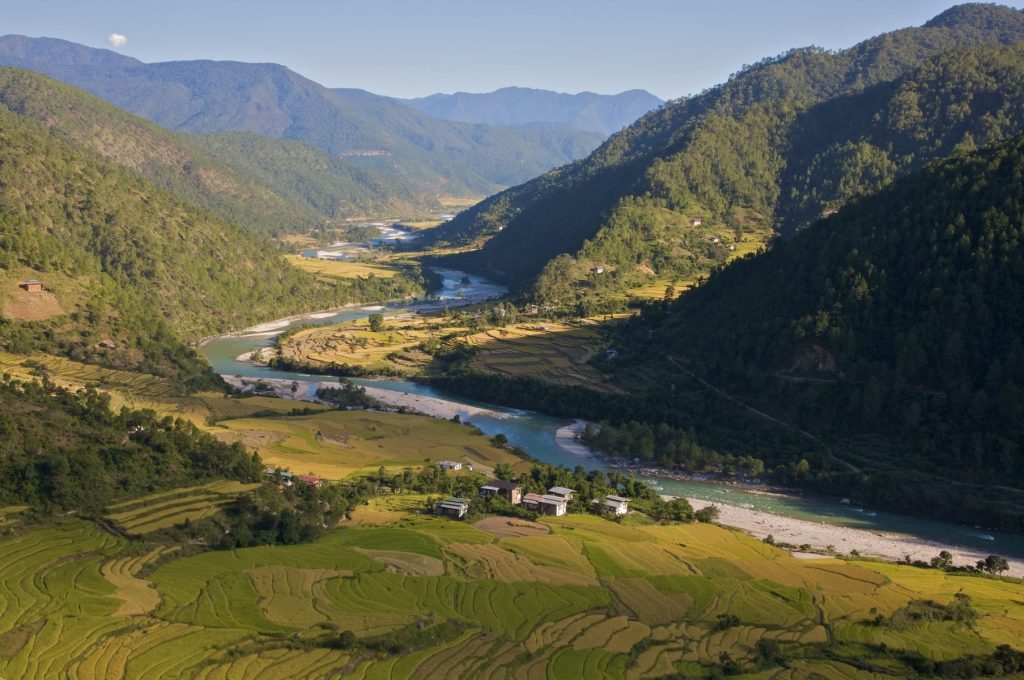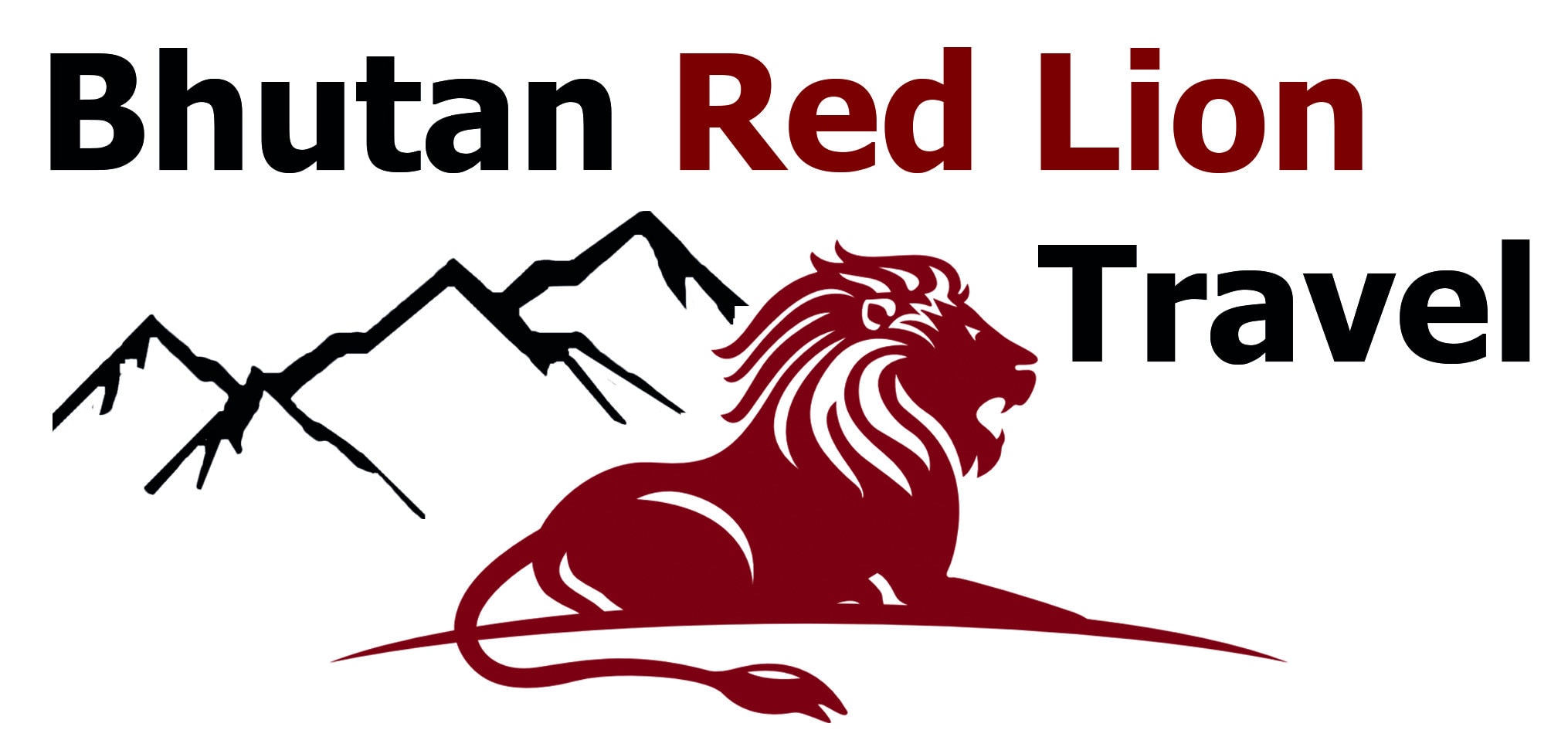A Trek Full of History
The Trans Bhutan Trail is one of Bhutan’s most fascinating hiking trips. The history of the trans bhutan trail dates back to the 16th century. The roots go back to the former course of the Silk Road through todays Bhutan. This path went from Haa in the west of the country to Trashigang in the east of the country. It connected the most important places and dzongs and served as a pilgrimage route to the holy sites in western Bhutan. The path later played an important role in the unification of Bhutan into what is now the independent kingdom. With the implementation of modern roads, the trans Bhutan trail began to lose its importance. Several years without repair left the track in a poor condition.
Restoration of the Trans Bhutan Trail

In 2019, extensive restoration work on the Trans Bhutan Trail began. The restoration was developed under the leadership of the Bhutan canada foundation. Canada and Bhutan have build up friendly relations since the 1960s, when canadian jesuit William Mackey came to Bhutan to promote the expansion of the education system. A total of 18 bridge and over 10.000 steps have been restored and 400 kilometers of new paths have been created. Around 900 helpers from the local population were involved in the reconstruction. Many of them had become unemployed as a result of the corona pandemic and found in this project new employment.
General Information

The Trans Bhutan Trail is a long-distance trekking trail that runs from the western border town of Haa to the eastern border town of Trashigang in Bhutan. The trail covers a distance of around 500 kilometres and passes through some of the most remote and beautiful parts of the country.
The restoration of the path makes it possible to trek from east to west Bhutan for the first time in over half a century. On the trip, the unique nature and culture of Bhutan can be experienced.
A hike through Bhutan is also a real experience for photo and bird travel enthusiasts. If you plan to follow the complete path you need to plan about a month time to finish the journey.
Important to know the Trans Bhutan Trail is a challenging hiking trek that requires a high level of fitness and endurance. But this trip will offer a unique opportunity to experience Bhutan’s stunning landscapes, rich culture and warm hospitality.
Sections of the Trans Bhutan Trail
The Trans Bhutan trail can be divided into five sections, each section of the trail takes around five to six days to complete. For travelers, a multi -day tour accompanied by a local guide on a section is recommended. There are overnight accommodations for campers as well as in classic Homestays.
Section 1
The first section of the track begins from the starting point in the Haa valley and ends in the capital of Bhutan in Thimphu. The first section covers a distance of about 100 km. Highlights in this section are the Haa valley which is the highest motorable pass in Bhutan, the Phajoding monastery and the capital city of Bhutan, Thimphu.
Section 2
The second section of the path starts in Thimphu and ends in the Bumthang valley. This section covers a distance of around 150 km. Highlights in this section are the Dochula Pass, the Phobjikha Valley, and the town of Trongsa.
Section 3
After arriving in Bumthang valley the next section follows along the Ura Valley, the Sengor Village and the Yongkhola Pass to the Mongar district. This section covers a distance of around 100 km.
Section 4
The fourth section starts in the district of Mongar and ends in the district of Trashiyangtse. This section covers around 80 km. Highlights in this section are the Korila Pass, The Dramatese Monastery, and the town of Trashiyangtse.
Section 5
The last section of the trip starts in Trashiyangtse and ends in Trashigang. This section covers around 80 km. It passes through the Radhi Village, the Scherichu Valley and the town of Trashigang,
